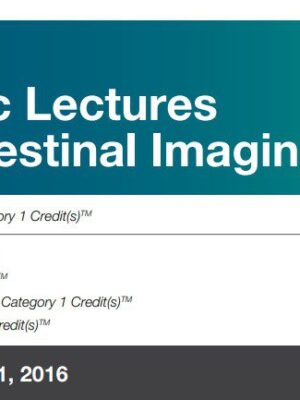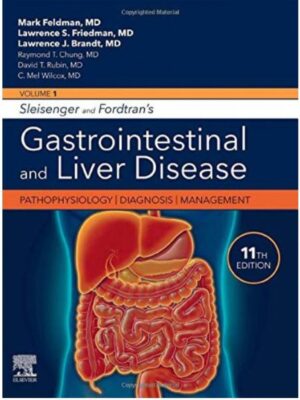No products in the cart.
Gastroenterology, Pathology
USCAP Fourth Edition Modern Surgical Pathology Through the Expert Eyes of Our Presidents 2023
$70.00
+ Include: 12 videos + 12 pdfs, size: GB
+ Target Audience: pathologist
Description
+ Include: 12 videos + 12 pdfs, size: GB
+ Target Audience: pathologist
+ Information:
Original release date: April 4, 2023
Access to this course expires on: February 4, 2026 at 11:59 PM Pacific Time
CME 18
Course Description
Pathologists have historically dedicated their efforts to recognizing and classifying patterns of disease based on careful morphologic assessment, unassisted by immunohistochemical and molecular techniques. Many pathologists lack the fundamental skills to interpret patterns of injury or neoplasia that are required to generate a workable differential diagnosis. As a result, they often perform excessive ancillary studies that exhaust materials and contribute to escalating health care costs. Diagnoses may be delayed due to multiple rounds of testing, especially when unusual staining patterns or conflicting results are encountered.
Recent advances in immunohistochemical and molecular techniques have led to a paradigm shift such that we increasingly rely upon ancillary assays to facilitate or establish a diagnosis. This course is intended to emphasize the continued role of histomorphology in the classification of human diseases while highlighting the accomplishments of leaders in our field. All of the faculty members are current, or former presidents of the United States and Canadian Academy of Pathology and/or the Arthur Purdy Stout Society of Surgical Pathologists. These individuals have tremendous knowledge to share with learners at all stages in their careers.
Target Audience
Practicing academic and community pathologists, and pathologists-in-training
Learning Objectives
Upon completion of this educational activity, learners will be able to:
Apply a pattern-based approach to non-neoplastic lung diseases
Develop a short differential diagnosis for mesenchymal tumors based on an assessment of morphologic features
Recognize key diagnostic features in breast needle core biopsies
Distinguish between syndromic polyps of the gastrointestinal tract
+ Topics:
Soft Tissue Tumors – Christopher D.M. Fletcher, MD, FRCPath
Inflammatory GI Cases – Rhonda Yantiss, MD
Diagnostic Pitfalls and Other Risky Situations in Breast Pathology – Laura Collins, MD
Tumors and Tumor-like Lesions of the Genitourinary Tract – Victor Reuter, MD
Colorectal Cancer – Wendy L. Frankel, MD
Polyps and Polyposes – Wendy L. Frankel, MD
Thoracic Pathology – Jeffrey Myers, MD




